Surprising at the special structure of the old station building in Berlin. Intoxicated by the excellent space with Japanese conceptual artist.
This is a modern art museum in the center of Berlin, Germany that has been renovated from an old station building. Just hearing Berlin, I remember the collapse of the “Berlin Wall” in 1991. I visited Berlin for the first time in 1989, two years before the wall collapsed. I passed through “Checkpoint Charlie” and entered to East Germany side. At that time, scary atmosphere at “Checkpoint Charlie”, the poorness of supplies at supermarket and the liveliness atmosphere that covered the city’s square left an impression on me. So I realize that long time has passed.

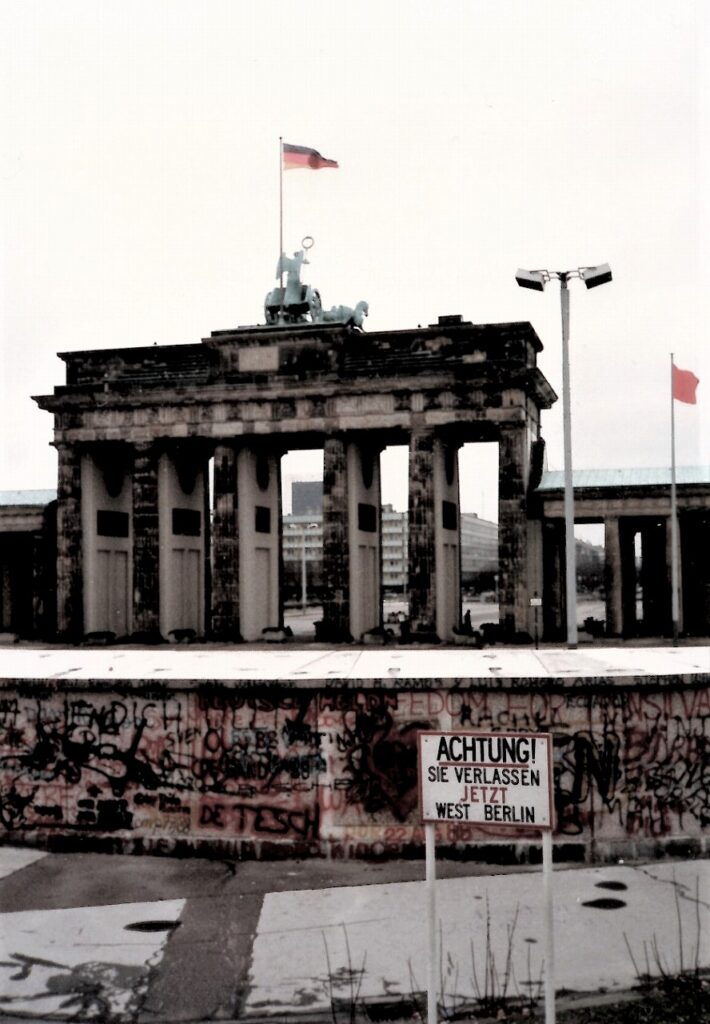
Visit in 2018
Well, as for “Hamburger Bahnhof Museum”, when you enter the site, you will see an old-fashioned building, and its appearance not like a modern art museum. When entering the museum building, there is a reception counter in front, then purchase ticket, without getting a booklet like a map of the museum. I could see arched steel frames behind the reception. Then I realize that the museum was once a railway station.

When looking at the space with high ceiling behind it, I feel, “It is wide space”. However, I cannot see anything like an exhibition space in the surroundings. You cannot find an amazing point in this museum just by looking at the space behind the reception. Behind the reception, large paintings hanging on the wall, and artworks on the ground. Then, while watching the movement of visitors, I open the large door at the side of the space, and found other room with artworks.
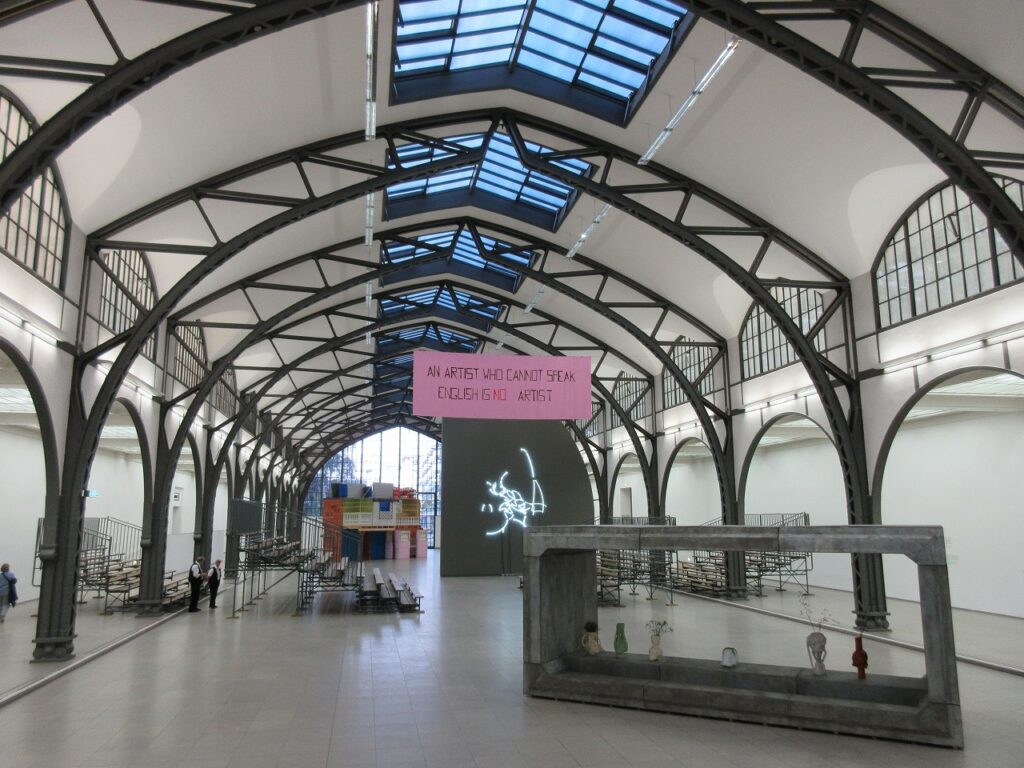
This space locates at the right-hand side from the entrance. I am satisfied with those artworks. I guess that there are people who is getting out of the museum after seeing that area. I am also the person trying to be out.
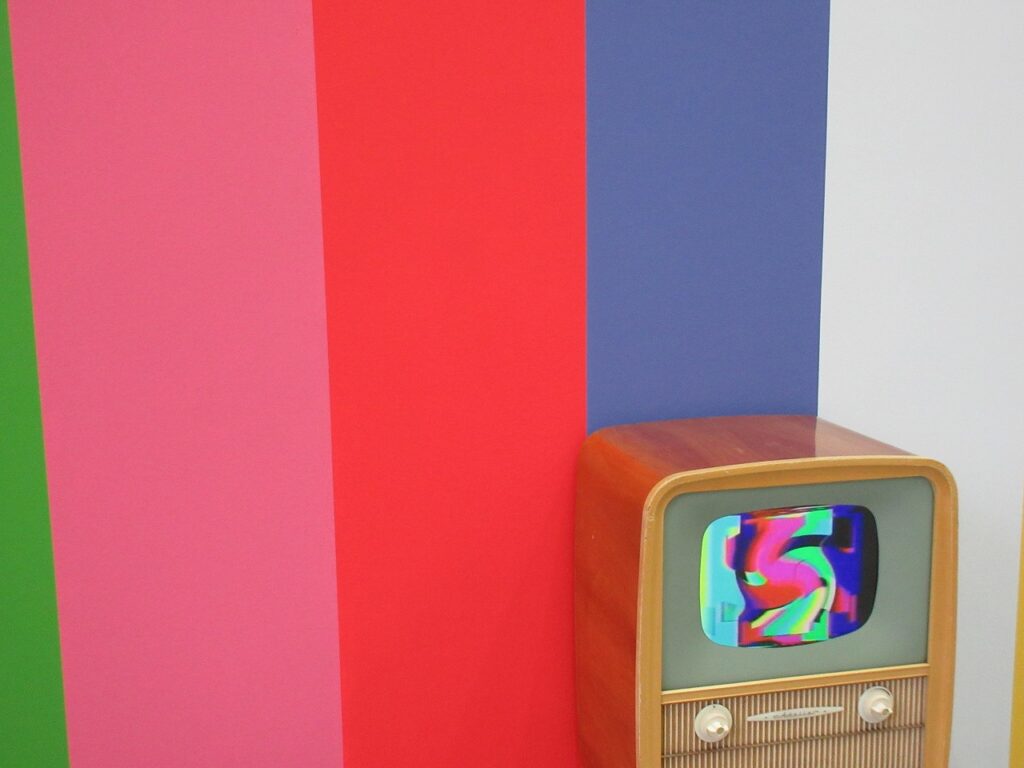

Just having my thought, two out of ten people may get out without knowing “how this museum is great”. There is another door at the left-hand side from the entrance that is facing to the main station’s platform. After opening its door, there is a long corridor and wondering “Is this leading to the museum office?”, then may hesitate to go forward.

According to my feeling as Japanese, three out of every ten people will not walk all the way. Fortunately, I walked all the way to the end and found the highlights of the museum. I can only admire that there is no clear indication in this building. After a short walk along the corridor, the corridor turns to the right, where you can see the greatness of the museum.
Perhaps it is approx. three hundred meters, and the room spreads out to the left along the corridor. It continues in a straight line and the artworks are there. Many of the exhibited contemporary artworks are resilient and ambitious, and can feel the consistency of this museum.
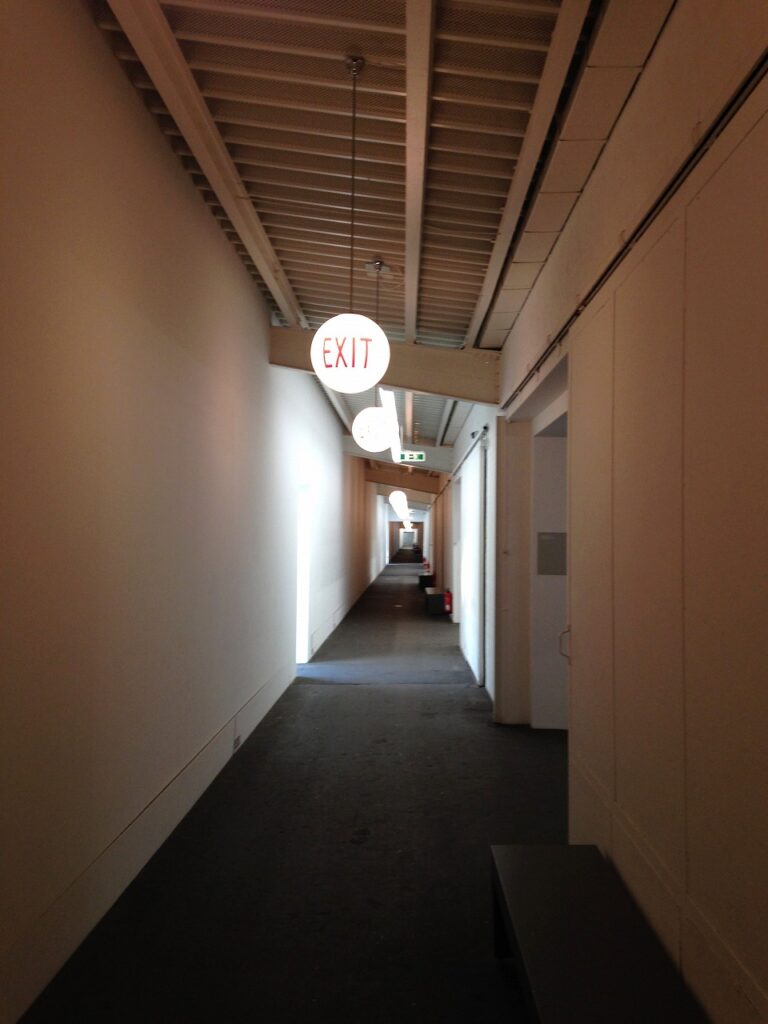
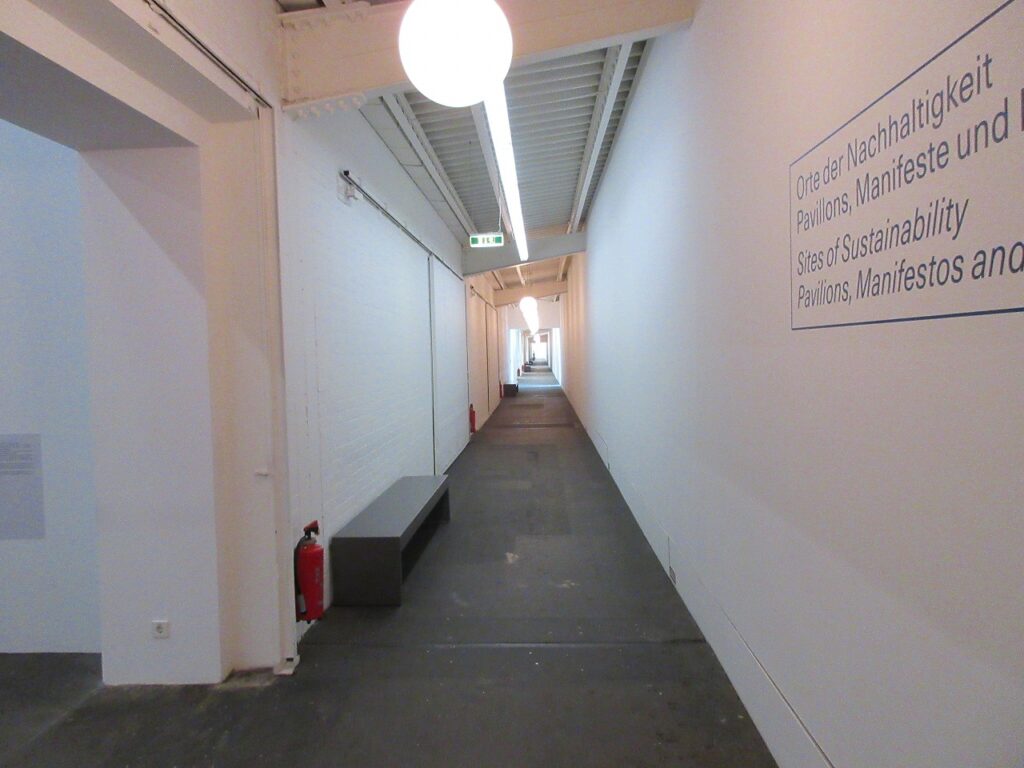
Then, what made this museum decisive for me was at the end of the corridor. It is a room of “On Kawara” located a little further back in the half of the corridor. “On Kawara” is a pioneer in conceptual art that had been active since 1950s and 1960s, and is a well-known artist worldwide. The most famous artwork is “Date Painting” called “Today Series”.
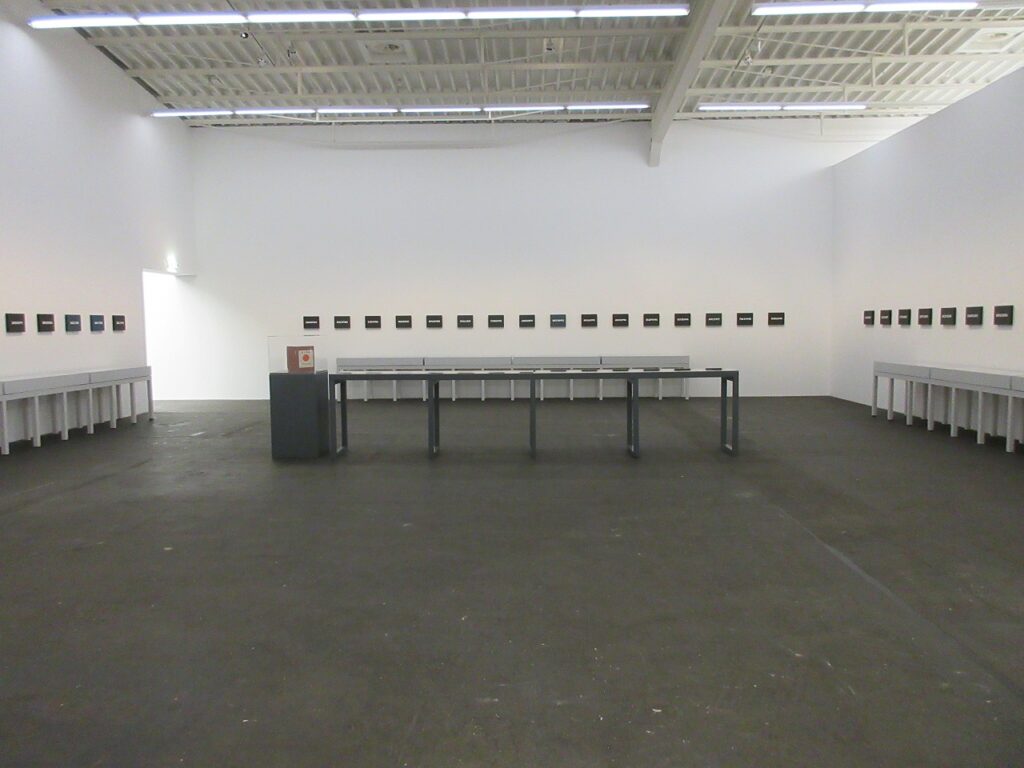
This “Date Painting” draws the date of the day on the canvas, one canvas a day. There is a rule that if it cannot complete by 12 o’clock at midnight, it has to dump. In this “On Kawara” room, there are only “Date Paintings”. The room is approx. 10m x 10m, and the three-way walls display the paintings from 1966 to 2013. One artwork each year and newspaper clipping displayed below on the “Date Painting”.
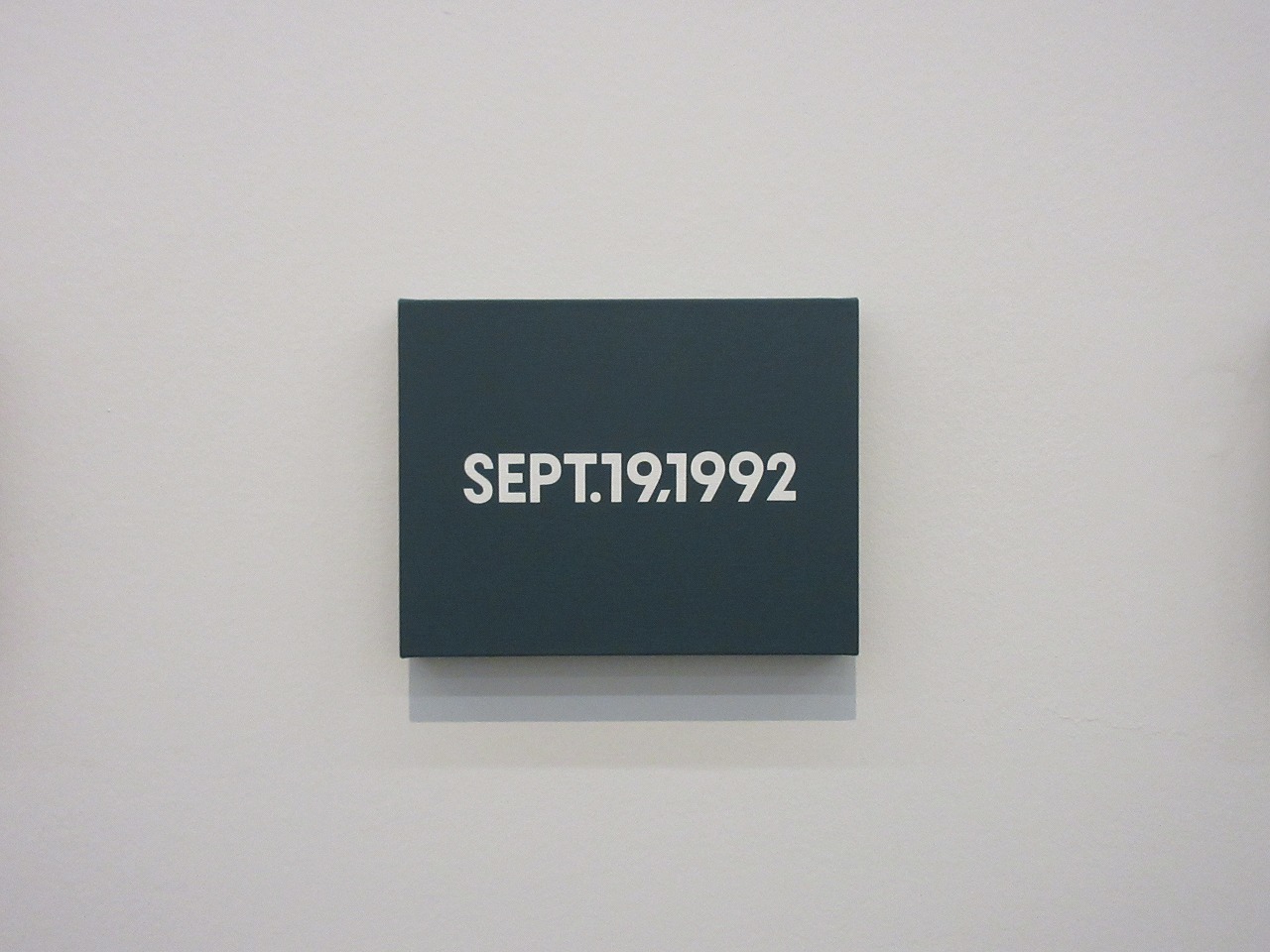
“On-Kawara” has passed away in 2014. Therefore, he has continued to make this artwork, at least one year before passed away. This means that he had continued to make this artwork for 48 years continuously. During my visit, nobody is in the room and it is luxurious space since I am only there in the space filled with his artworks.

His “Date Series” is very popular around the world and can find easily in the modern art museum. Artworks are always like one, up to three drawings, however, there are 48 drawings here. It had been made for 48 years continuously.
Painting color is a little different in each canvas, and indicated letter is not only English, also other languages. “On-Kawara” has travelled a lot and he has described the date with its local language. This room has 48 years space and world-wide space, means time-wise and physical-wise space coexists.
Situation in 2024
The situation inside the museum has changed slightly since 2018.
✓ There was an electronic bulletin board at the reception.
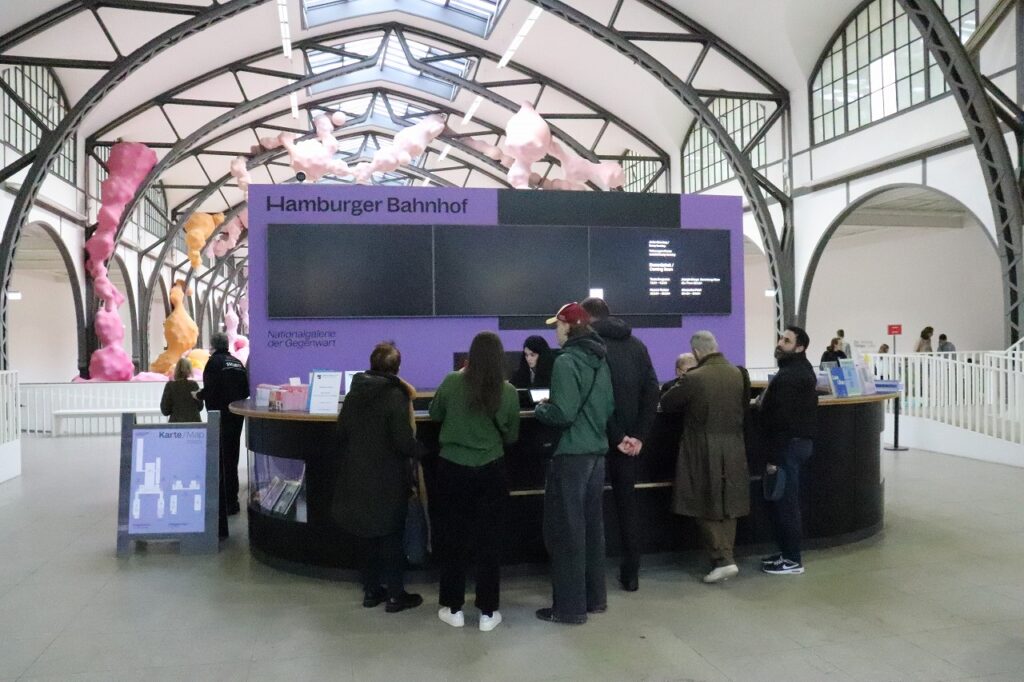
✓ There was a bulletin board with a map inside the building.
This is the point a lot changed. In 2018, there was no way to know that there were exhibition spaces on the left and right of the vast space behind the reception desk. As mentioned above, I only recognized this space by watching people move around. What surprised me this time was that there was a board next to the reception desk that displayed a map of the building. In addition, the space inside the building is divided into H1 to H6, and large signs H2 and H6 can be seen on the walls near the left and right doors at the back of the reception area.

✓ No “Date Paintings” by On-Kawara displayed
On Kawara’s room mentioned above did not exist. This room was in the space next to the hallway to the left behind the reception desk, but this exhibition space labeled H2 closed. Furthermore, there were no On Kawara’s artworks anywhere. Personally, I would like On Kawara’s room to be a permanent exhibit.
From the above, I did not have strong impact as I did on my first visit, but I did make some new findings. The museum map is in the photo above. When I visited last time, artworks were on the H1, H2, H6, and the 2nd floor of H5, and the first floor of H3 and H5 closed. On the other hand, on this visit, H2 and H6 closed, and H3 and H5 were all open instead.
When I asked the staff abouth the H2 and H6, he explained that H2 and H6 is currently under preparation for the next exhibition. Apparently, the exhibition location changes so that the museum can run all year round.
In conclusion, the exhibition spaces H3 and H5, which I could not visit last time, were also wonderful. I realized once again the high level of this museum. At this time of visit, there were only a very limited number of paintings. The exhibited artworks are mainly installations, objects, and video artworks, and mainly contemporary artworks.
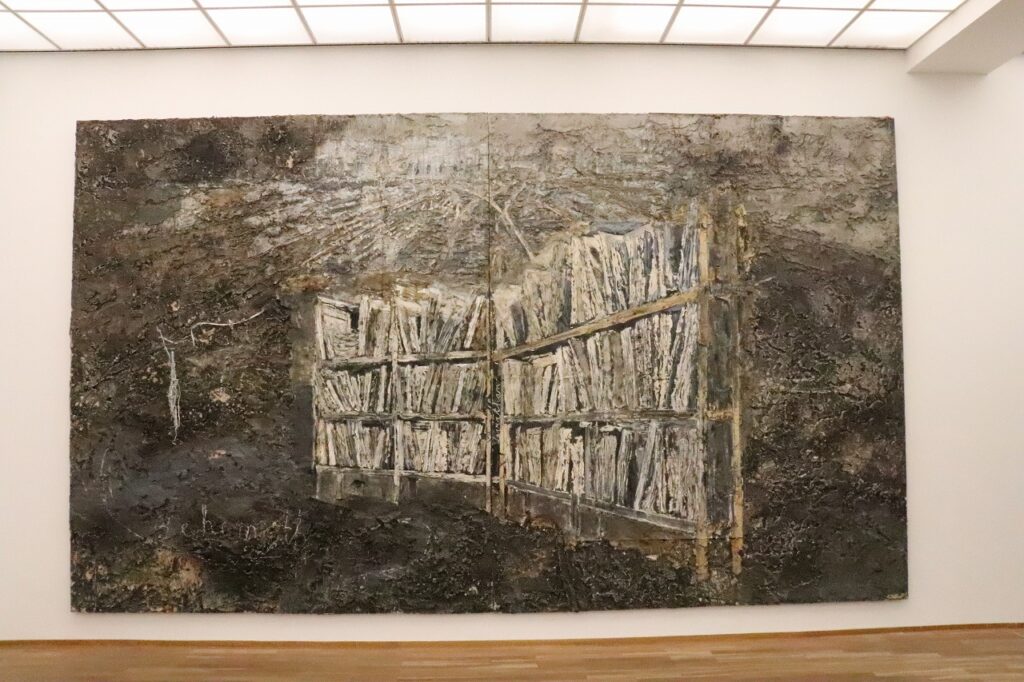
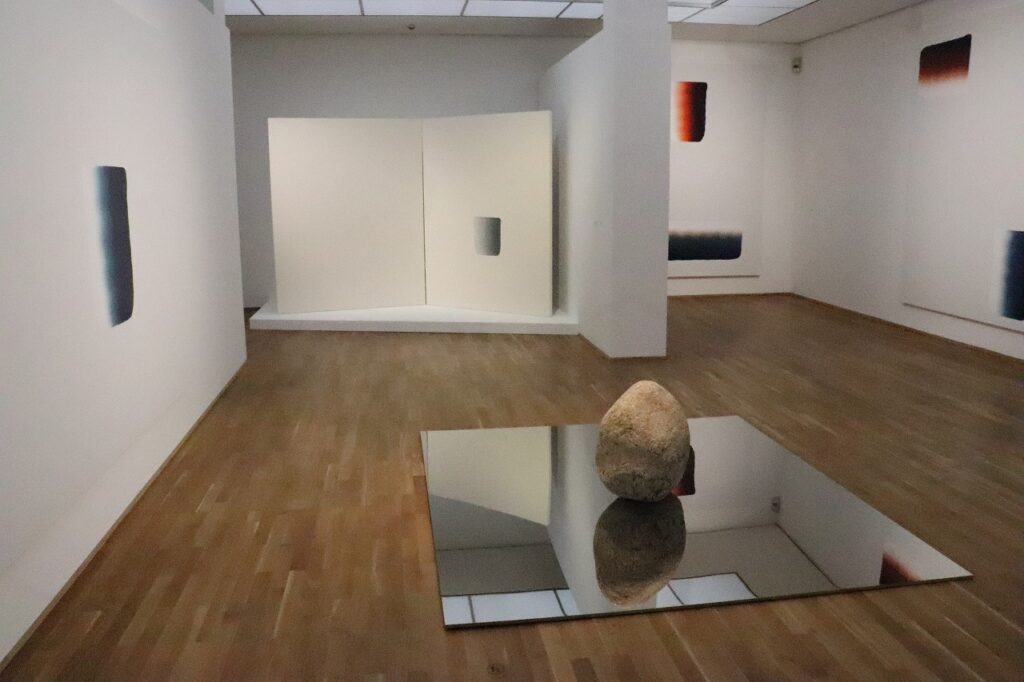
Additionally, after reading the exhibit’s description, I discovered that Jews were transported by train from the station where this museum was located to concentration camps during World War II. There were artwork based on bench-inspired outside at the back of the shop in the museum. Artworks explanation clearly states the mentioned fact. This seems to be an expression of the museum’s attitude of reflecting on its history.
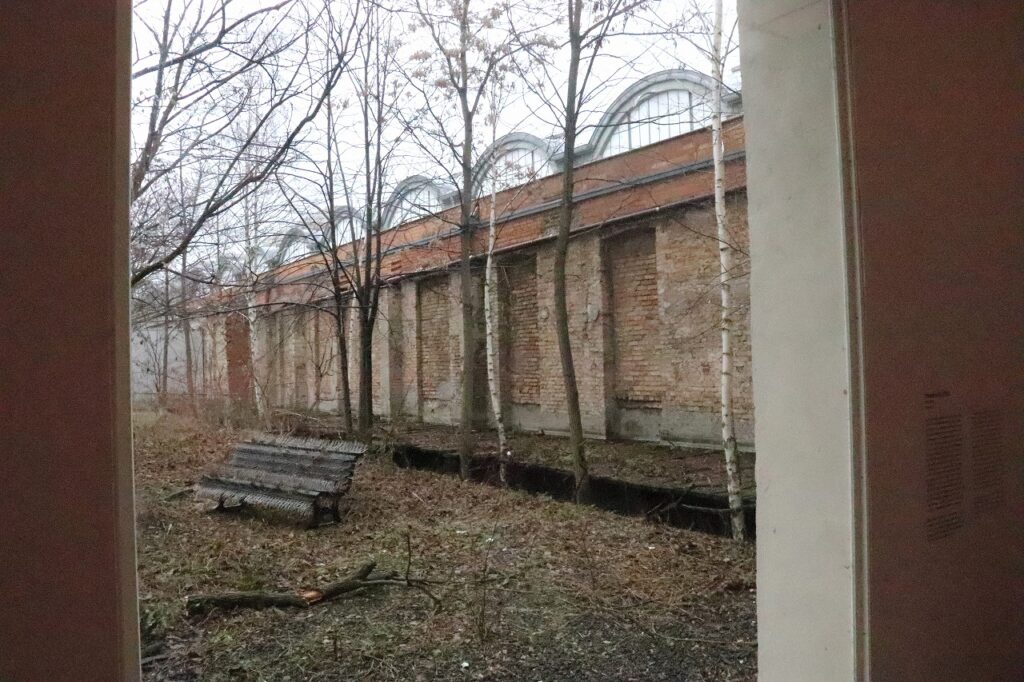
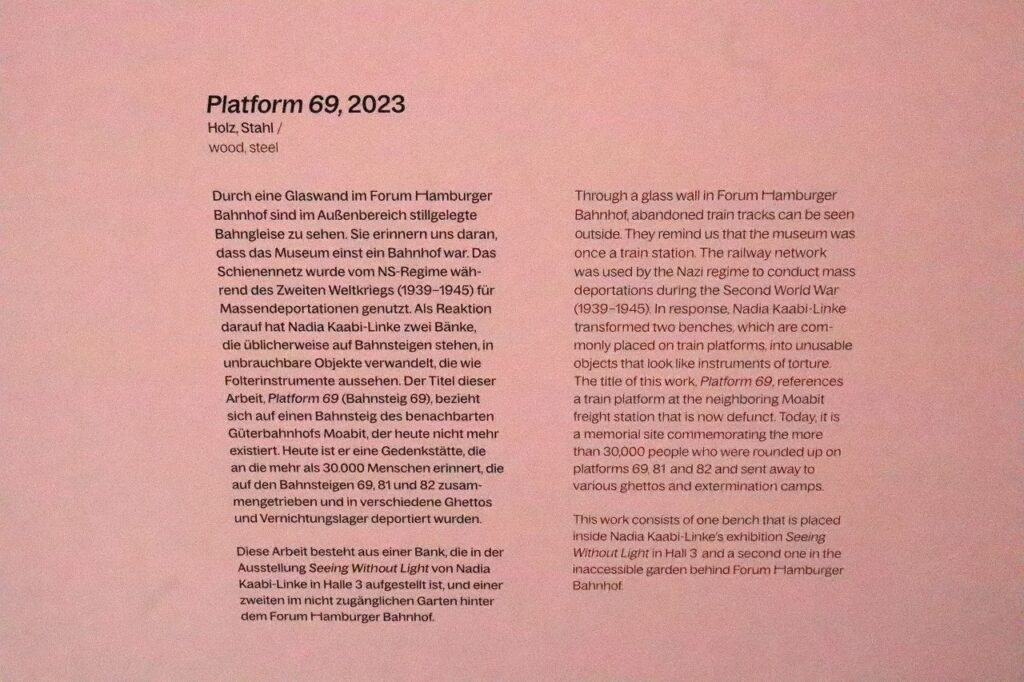
Other topic
Finally, here is an interesting thing I found while walking in Berlin. When I was walking around the city, I found a telephone booth. When opening the door and look inside, there is a description in German, explaining that this telephone box is a simple library, take home your favorite book, and return to the original position after reading. Personally, the mechanism itself was not very surprising, but this is not in a rural town, it is a big city of Berlin, where many tourists come. This was surprising to me.
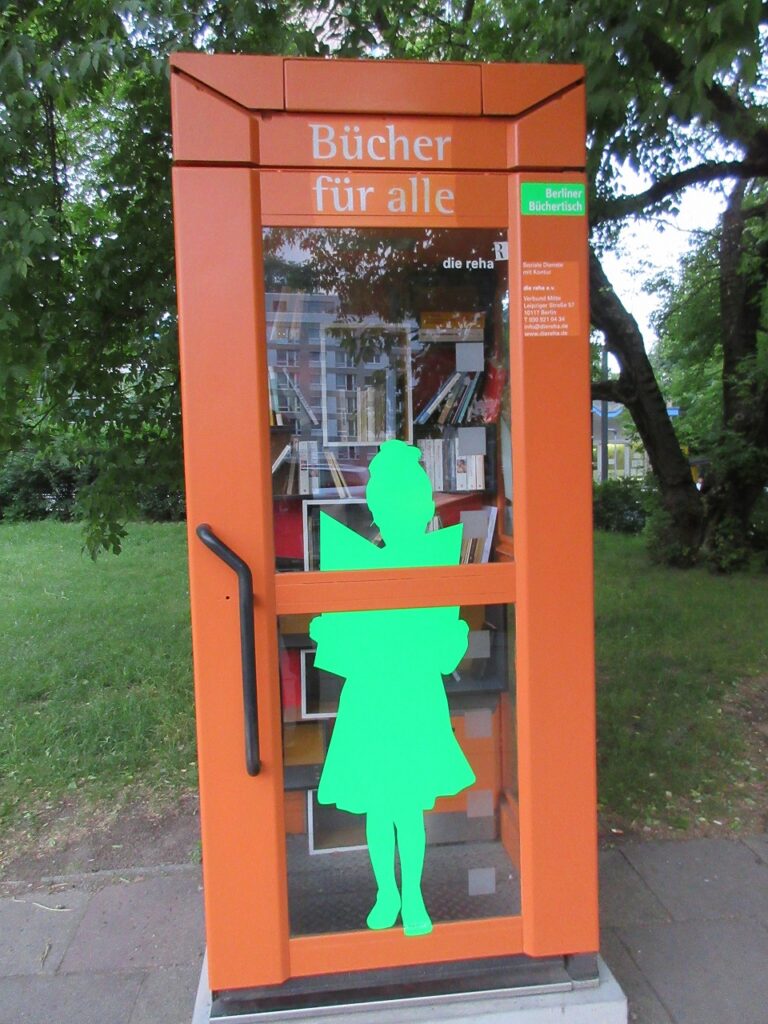
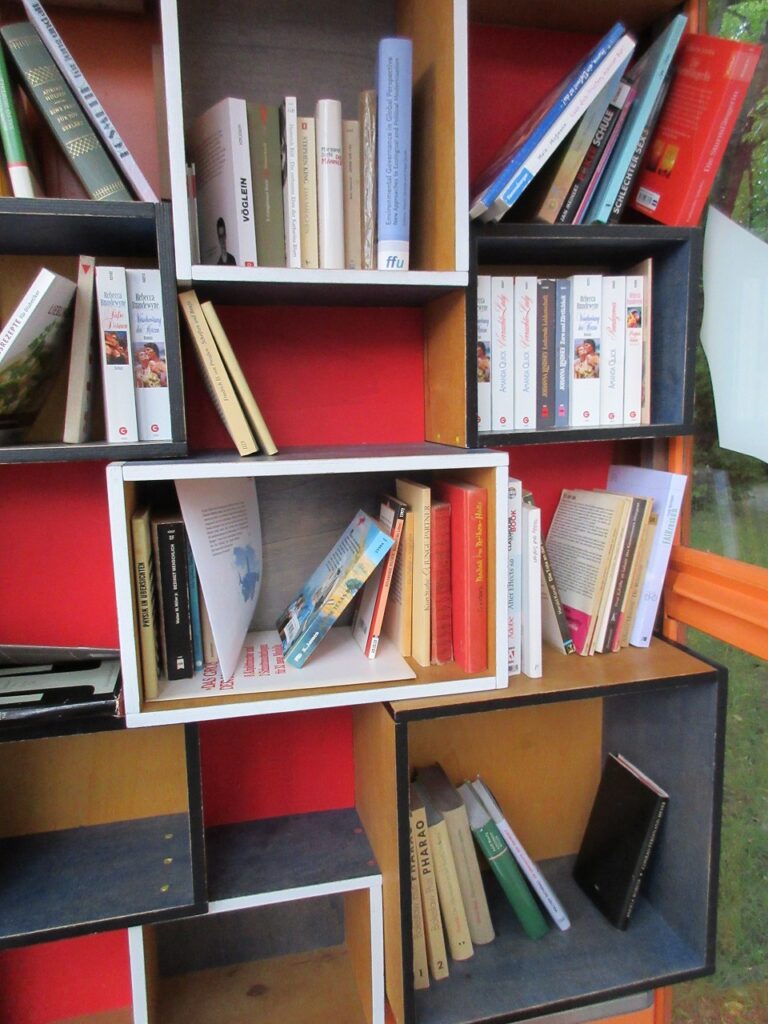
Visited in 2018, 2024.
Basic Information
■ Name of Place: Hamburger Bahnhof
■ Address : Invalidenstraße 50-51, 10557 Berlin, Germany
■ Homepage: https://www.smb.museum/en/museums-institutions/hamburger-bahnhof/home/